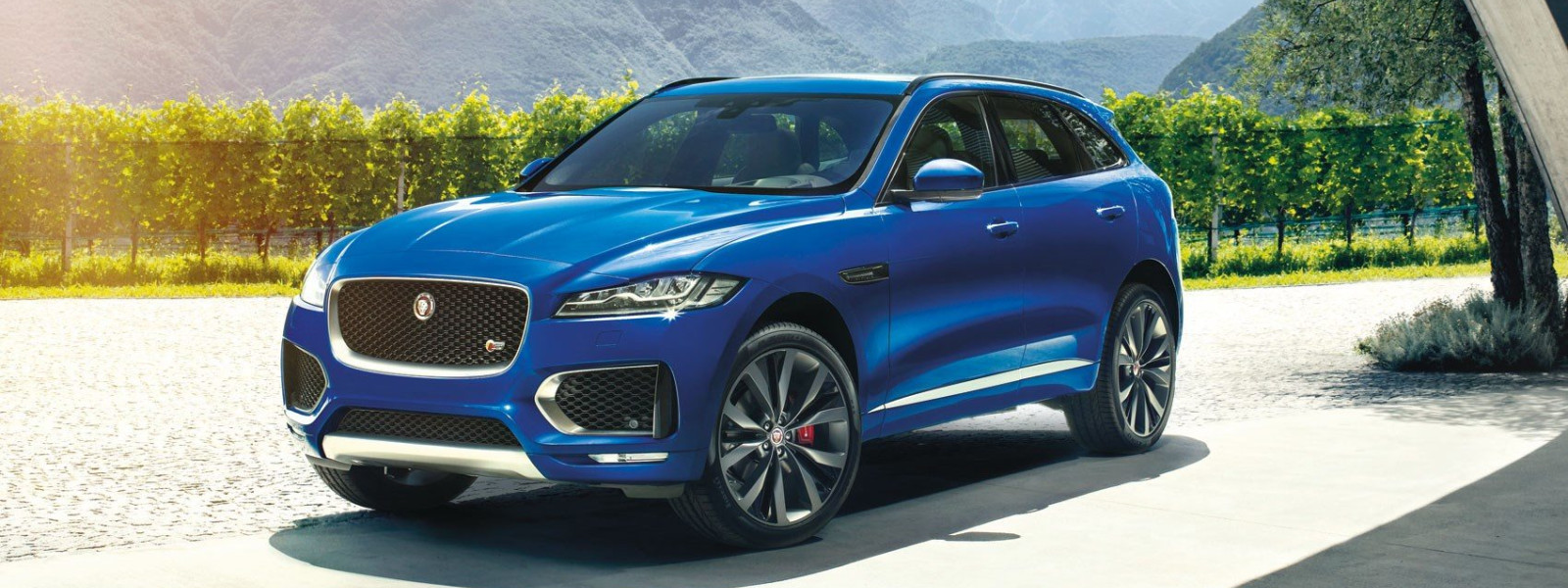A Change of "Pace" at Jaguar?

If your ear’s to the ground regarding all things Jaguar, you’ll be aware of the company’s latest addition to its stable of vehicles, the F-PACE performance crossover.
Benefitting from some textbook marketing, the F-PACE is one of the most anticipated new vehicles ever from Jaguar. From years of subtle hints in the media to the appearance of a prototype supporting Team Sky in their winning performance in the 2015 Tour de France, it’s been difficult to ignore the F-PACE.
But the reasons for all the awareness and attention are a departure from the usual for a new Jaguar vehicle. Most Jag model launches are full of anticipation of trend-setting sports/luxury car design and performance numbers. When you say there’s a new Jag on the road, you expect to see an elegantly styled motor car.
While avoiding the full Land Rover-type SUV treatment, opting instead for the subtler “crossover” designation, the F-PACE is the first vehicle publicly launched by Jaguar that is not a sedan, coupe, station wagon or convertible.
While the curiosity about performance numbers remains similar to other Jags, a more common question surrounding the F-PACE is: why would a company that has exclusively offered cars suddenly get into the crossover market so long after its competitors.
The answer lies in all that competition. With high-end automobile manufacturers continuing to sport higher sales, Jaguars numbers continue to lag. Jaguar sold just 25% of the numbers of vehicles sold by stable-mate Land Rover in 2014.
While Jaguar purists appreciate the exclusivity of the marque, it’s difficult to compete in the marketplace unless you appeal to a broader range of customers, as does the vast majority of its competition.
Jaguar hopes the F-PACE will open up markets of drivers looking for Jaguar performance, but with enough space to carry the accoutrements of an active lifestyle. With Car & Driver predicting the F-PACE will soon be Jag’s most popular model, it looks like they have hit the target.